Livestock - 1 Class 4 Worksheet SST
Q1: Fill in the blanks.
(i) ______ carry men and goods in desert lands.
(ii) Biogas plants run on ______.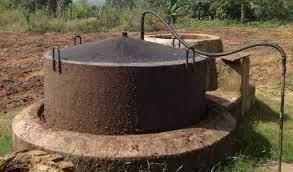
(iii) ______ and ______ are used by modern farmers.
(iv) Livestock refers to domesticated animals raised for various purposes such as ______ and ______ production.
(v) Cows, sheep, goats, and pigs are examples of ______ animals.
(vi) The process of raising animals for food and other products is known as ______.
(vii) ______ is a natural fiber obtained from sheep.
(viii) Chickens and ducks are commonly raised for their ______ and ______.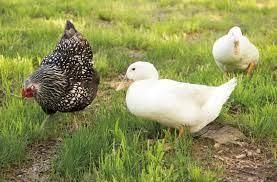
(ix) A place where animals are kept on a farm is called a ______.
(x) ______ and ______ are examples of external parts of livestock animals.
(xi) ______ is a nutritious liquid obtained from animals like cows and goats.
(xii) Horses and oxen are used as ______ to help with tasks like plowing and transportation.
(xiii) Livestock play a significant role in providing us with essential products like ______ and ______.
Q2: Multiple Choice Questions (MCQs).
(i) What is the primary purpose of raising livestock?
(a) For companionship
(b) For wildlife conservation
(c) For agriculture and food production
(d) For entertainment
(ii) Which animal fiber is commonly used to make warm clothing?
(a) Cotton
(b) Silk
(c) Wool
(d) Polyester
(iii) Which animal is often referred to as the "ship of the desert"?
(a) Horse
(b) Camel
(c) Elephant
(d) Cow
(iv) What do we obtain from chickens and ducks, apart from their meat?
(a) Leather
(b) Milk
(c) Eggs
(d) Wool
(v) Which part of a livestock animal is used to obtain milk?
(a) Hooves
(b) Horns
(c) Tail
(d) Udder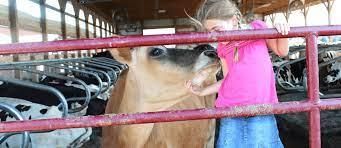
(vi) What do we call animals that are used for carrying heavy loads and doing tasks like plowing?
(a) Pets
(b) Companions
(c) Beasts of burden
(d) Exotic animals
(vii) Which animal is commonly raised in aquatic environments for its meat and pearls?
(a) Salmon
(b) Shrimp
(c) Oyster
(d) Seahorse
(viii) Which of the following is NOT a product obtained from livestock?
(a) Leather
(b) Fruits
(c) Wool
(d) Meat
(ix) Which term refers to the process of raising animals for food and other products?
(a) Agriculture
(b) Animal science
(c) Animal husbandry
(d) Zoology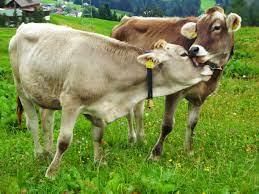
(x) What is a place called where animals are kept and taken care of on a farm?
(a) Stable
(b) Pen
(c) Den
(d) Nest
Q3: Match the following.

Q4: Tick the correct word.
(i) Camel is raised for ______. (Riding, meat, wool)
(ii) Pig is raised for ______. (Wool, pork, milk)
(iii) Donkey is raised for ______. (milk, carrying load, wool)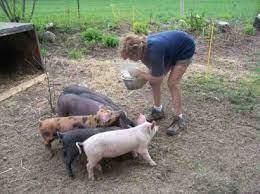
Q5: True or False.
(i) Cattle are used for beef and dairy products.
(ii) Fish is a part of livestock.
(iii) Dogs and cats are a part of livestock.
Q6: Answer the following in Brief.
(i) In what ways are bullocks more useful than a tractor? Write any three.
(ii) Why must we be kind to all animals?
(iii) Which animal is regarded as man's oldest friend?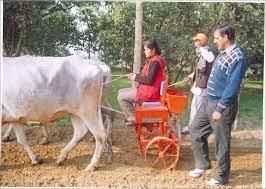
You can find Worksheets Solutions here: Worksheet Solutions: Livestock - 1
|
49 videos|177 docs|46 tests
|
FAQs on Livestock - 1 Class 4 Worksheet SST
| 1. What are the advantages of raising livestock? |  |
| 2. What are some common challenges faced by livestock farmers? |  |
| 3. What are some common livestock management practices? |  |
| 4. How can farmers improve the productivity of their livestock? |  |
| 5. What are the environmental impacts of livestock farming? |  |





















